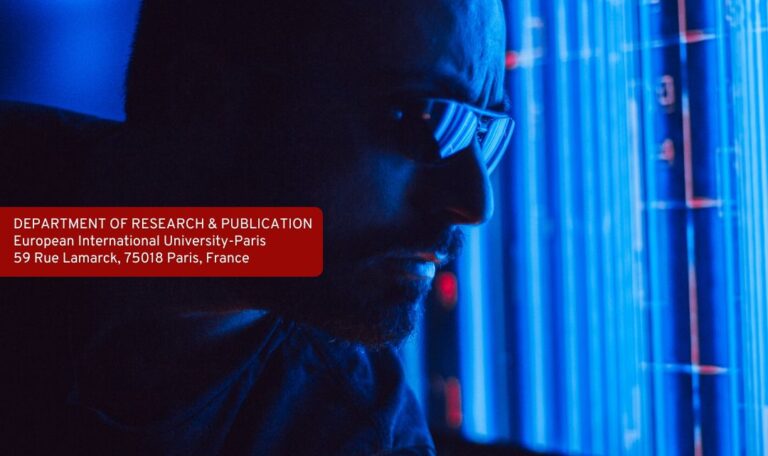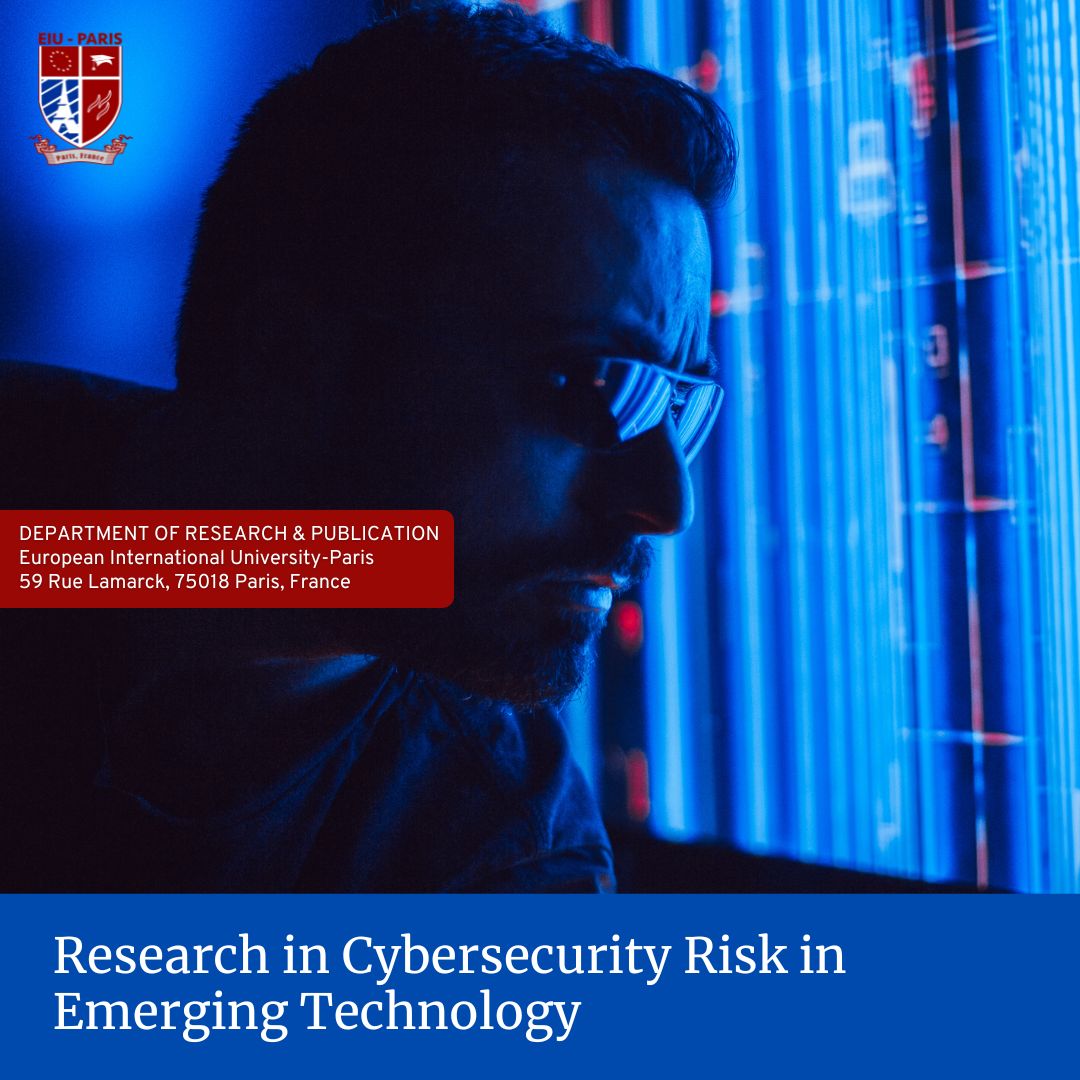- Version
- Download 17
- File Size 2.16 MB
- File Count 1
- Create Date September 6, 2025
- Last Updated September 6, 2025
Research in Cybersecurity Risk in Emerging Technology
Introduction - The current study examines the changing cybersecurity threats brought about by the incorporation of cutting-edge technologies. These technologies have drastically changed risk topologies and made vital infrastructure vulnerable to advanced cyberthreats, even if they also foster innovation and operational efficiency. The study points out a significant vacuum in the literature by pointing out that although there are generic cybersecurity frameworks, they do not adequately contextualize the dangers posed by autonomous, decentralized, and linked systems. The study lays forth goals to pinpoint the main weaknesses, assess risk management, and provide customized mitigation strategies for these technologies.
Literature Review - The review highlights that cybersecurity in the digital age encompasses a dynamic, adaptive infrastructure with AI-powered intelligence, accurate device interaction, and distributed data management, rather than only protecting static networks. It distinguishes between risk, vulnerability, and danger and describes how new technologies provide new vectors, including smart contract attacks, quantum decryption, and adversarial AI manipulation. The literature also criticizes current models, like as NIST RMF and ISO 27001, for their poor suitability for autonomous systems, decentralized platforms, and edge computing. Cross-disciplinary perspectives such as strategic resilience, legal fragmentation, and ethical governance are included in the literature.

Submitted by: SUSHANTH NAIR [EIU925107] In Partial fulfillment of the Requirements for the Degree of Doctor of Engineering in Computer science Supervisor: Prof. (Dr.) S. Edmund Christopher Date: December, 2024 EIU-PARIS

